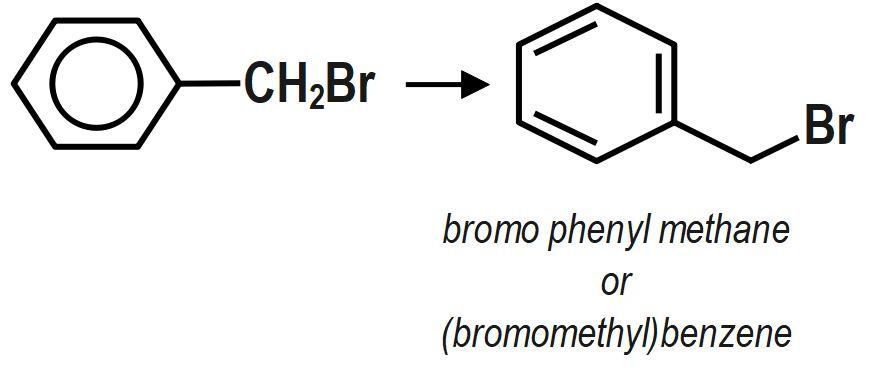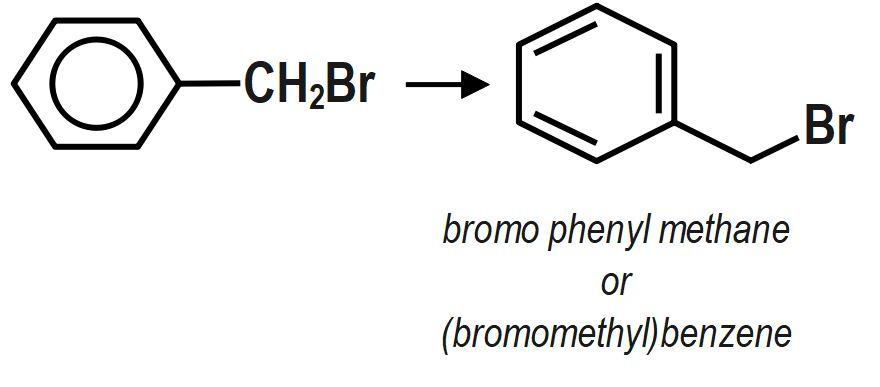Answer
356.7k+ views
Hint: We know that first try and identify the functional group present in the compound, then find the longest carbon chain present in the compound followed by out the substituent groups on the main chain and then using the suffix or prefix of functional group, you can name the compound by IUPAC method.
Complete answer:
In order to give compounds a name, we must follow certain rules. When we want to name organic compounds, we should follow the IUPAC (International Union of Pure and Applied Chemistry) nomenclature (naming scheme). We will try to know about the norms of IUPAC, that we should follow in naming organic compounds by answering the above question. A set of rules has been formulated by IUPAC for a systematic approach for the nomenclature of organic compounds which has been revised from time to time.
If organic compounds contain one principal functional group then the longest continuous chain of carbon atoms having that functional group is selected. Functional groups are specific substituents in the molecules which are responsible for the characteristic chemical reactions of those molecules.
As per IUPAC rules, the first thing is to select the longest continuous chain. Then this chain is numbered and the numbering should begin from the end which is close to the substituent groups. Each substituent group has a certain assigned name whose numbering depends on the position of the carbon it has been attached to. These groups are generally arranged alphabetically. The IUPAC name of the given compound is bromo phenyl methane. Phenyl group acts as a substituent and the parent compound is bromomethane. It can also be written as (bromomethyl) benzene.
 Therefore, the correct answer is option A.
Therefore, the correct answer is option A.
Note:
Remember that Isomers are classified as structural (constitutional) and stereoisomerism. Structural isomers are further classified as chain isomers, position isomers and functional group isomers. Position isomers are also structural or constitutional isomers with the same functional group and same carbon skeleton but differing in position of the same functional group on or inside the carbon chain.
Complete answer:
In order to give compounds a name, we must follow certain rules. When we want to name organic compounds, we should follow the IUPAC (International Union of Pure and Applied Chemistry) nomenclature (naming scheme). We will try to know about the norms of IUPAC, that we should follow in naming organic compounds by answering the above question. A set of rules has been formulated by IUPAC for a systematic approach for the nomenclature of organic compounds which has been revised from time to time.
If organic compounds contain one principal functional group then the longest continuous chain of carbon atoms having that functional group is selected. Functional groups are specific substituents in the molecules which are responsible for the characteristic chemical reactions of those molecules.
As per IUPAC rules, the first thing is to select the longest continuous chain. Then this chain is numbered and the numbering should begin from the end which is close to the substituent groups. Each substituent group has a certain assigned name whose numbering depends on the position of the carbon it has been attached to. These groups are generally arranged alphabetically. The IUPAC name of the given compound is bromo phenyl methane. Phenyl group acts as a substituent and the parent compound is bromomethane. It can also be written as (bromomethyl) benzene.

Note:
Remember that Isomers are classified as structural (constitutional) and stereoisomerism. Structural isomers are further classified as chain isomers, position isomers and functional group isomers. Position isomers are also structural or constitutional isomers with the same functional group and same carbon skeleton but differing in position of the same functional group on or inside the carbon chain.
Recently Updated Pages
Mark and label the given geoinformation on the outline class 11 social science CBSE

When people say No pun intended what does that mea class 8 english CBSE

Name the states which share their boundary with Indias class 9 social science CBSE

Give an account of the Northern Plains of India class 9 social science CBSE

Change the following sentences into negative and interrogative class 10 english CBSE

Advantages and disadvantages of science

Trending doubts
Difference between Prokaryotic cell and Eukaryotic class 11 biology CBSE

Which are the Top 10 Largest Countries of the World?

Fill the blanks with the suitable prepositions 1 The class 9 english CBSE

Differentiate between homogeneous and heterogeneous class 12 chemistry CBSE

Difference Between Plant Cell and Animal Cell

10 examples of evaporation in daily life with explanations

Give 10 examples for herbs , shrubs , climbers , creepers

Write a letter to the principal requesting him to grant class 10 english CBSE

How do you graph the function fx 4x class 9 maths CBSE




